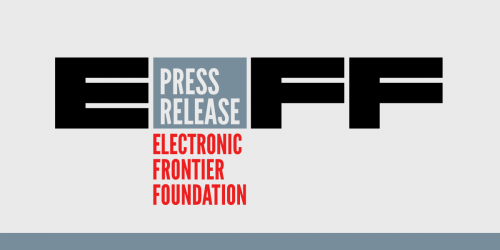...is a good offense. Fred von Lohmann explains in his latest column at Law.com:
Fair use is generally understood as an affirmative defense. This leaves a fair user at a distinct disadvantage in litigation. First, until a copyright owner sends a concrete threat of litigation, the fair user may find it hard to get into federal court for lack of standing. Second, even if a threat letter creates standing sufficient to support a declaratory judgment claim, the copyright owner can moot the case at any time by issuing a covenant not to sue. And no matter the outcome, the fair user will likely be stuck footing her own attorneys' fees.
The recent ruling in Online Policy Group v. Diebold represents a leveling of the playing field. It is the first case interpreting a little-known part of the Digital Millennium Copyright Act (DMCA), 17 U.S.C §512(f), which could turn out to be a powerful new tool enabling online publishers and their ISPs to get into court to assert their fair use rights.
[...]
[By] bringing litigation in selected cases, ISPs and Internet publishers can begin to build precedents that may preemptively deter copyright owners from sending blunderbuss takedown notices in the first place. Counsel for copyright owners, on the other hand, will have to examine potential fair use arguments more closely in light of the Diebold ruling, especially if they have been informed by an ISP or publisher that the material may not be infringing.
For more about the outcome of the Diebold ruling, see our recent press release.








